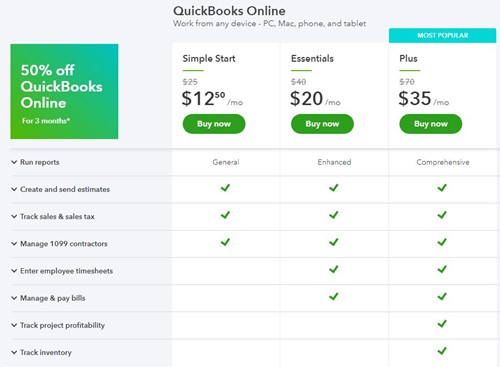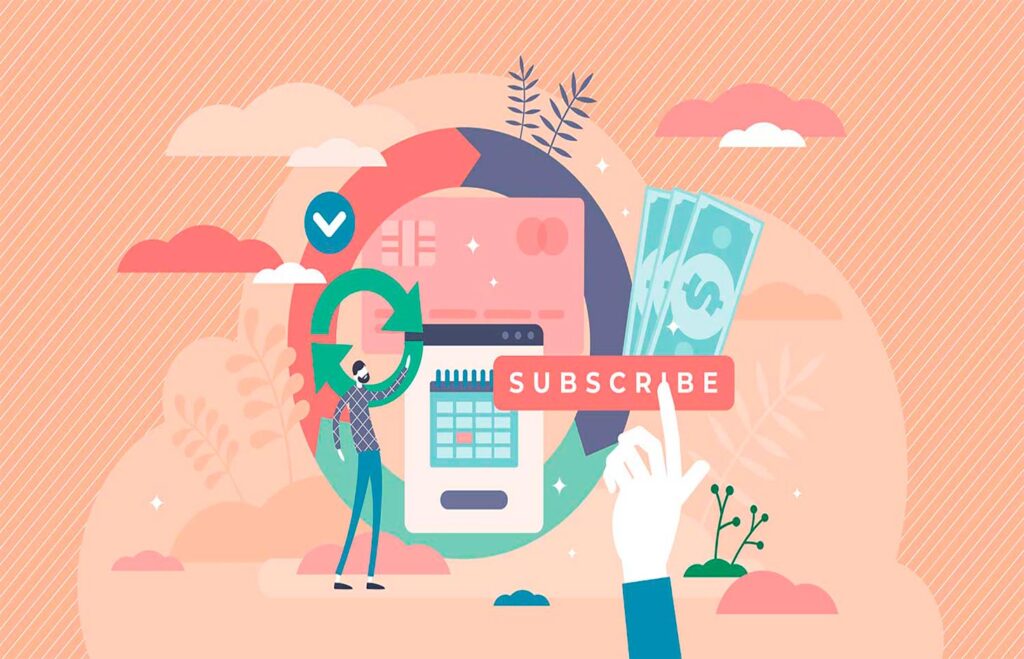As COVID-19 spurred lockdowns across the globe, Urban Sports Club had to adapt quickly. They launched an app that granted access to thousands of gym and fitness studios didn’t have much to offer when all those locations closed their doors.
Within a few weeks, the business changed subscription models and launched 45,000 online fitness classes with more than 1,000 partners. Additionally, because Urban Sports Club caters to businesses that provide employee fitness options, they began providing content about staying physically and mentally healthy while working from home.
As countries begin to gain control over the pandemic and gyms reopen, Urban Sports Club now has more resources and functionality to offer than ever before.
With free webinars and content, the app now has increased consumer awareness and created a new source of revenue in the form of online classes.
How adding new revenue streams strengthens your subscription model business
Whether your subscription business is weathering a crisis or not, adding new revenue streams can help it grow.
Diversifying your sources of income creates insurance against the uncertainties of changing markets and technological advances. And of course, more revenue means more financial health.
Below we’ll cover seven potentially new revenue streams subscription business leaders can employ to boost revenue and strengthen their subscription model business. The first five can be used by any subscription business, while the last two are especially useful for SaaS business models.
1. Establish an upsell strategy
Upselling is a sales technique used to influence customers to expand or upgrade their subscription plans. Usually, the goal is to get subscribers to sign up for an adjacent plan level with more features at a higher cost.
For example, with the advent of Big Data and cloud computing, SaaS businesses are positioned better than ever before to offer advanced reporting to customers at an added cost. Notice how QuickBooks offers various levels of reporting at each tier.

A SaaS business could upsell reporting as a benefit of upgrading, or offer advanced reporting as an add-on. This is a promising revenue stream for SaaS businesses prepared to leverage detailed data and insights for their customers.
Good upselling results in a ‘revenue on top of revenue’ phenomenon. Your business is already earning recurring revenue on these accounts, but with upgrades, it earns more. When employed tactically, an upselling strategy is an excellent new way for businesses to earn more from their subscription pricing.
There are many ways to approach upselling, from free trials of premium tiers to messaging that explains how an upgrade would improve a customer’s subscription.
For more ideas on building an upselling strategy, check out 6 Ways Your Subscription Business Can Upsell for Growth.
2. Expand your offerings with add-ons
Similar to upselling, providing attractive add-ons can create a recurring revenue stream that existing customers are happy to buy into. Rather than upgrading to a new subscription tier, subscribers can use add-ons to pick and choose specific features they’d like to add to their product or service.
Add-ons allow for a level of customization that’s popular with consumers today.
A print magazine or newspaper may offer add-ons in the form of digital editions or special insider access to photo archives. A subscription box for baked goods may offer add-ons like kitchen essentials or cookbooks, while software as a service (SaaS) providers may offer more storage, speed, or data.
Thus, add-ons are as unique as the subscription business models allowing them.
Together, add-ons and upselling make it possible to unlock another type of monthly recurring revenue (MRR) called expansion MRR.
This revenue model has the power to not only strengthen your business but even counteract revenue leakage from churn. It’s a very powerful approach!
3. Create new versions of your subscription product
When Goldman Sachs was looking to expand its financial services, it quickly became obvious that digital services would have to be at the center of its new offerings. After extensive market research and review of its own resources and talent, the financer launched Marcus by Goldman Sachs.
The Marcus app was very different from Sachs’ usual offerings, aimed at consumers instead of corporations and strictly offering loans. However, just three years later it’s now competing with Chime, Cash App, Robinhood, and even JPMorgan Chase and Bank of America.
Successful subscription businesses can learn a lot from this example.
Maybe there’s a certain customer segment your product or service could serve better with a little development—perhaps up-market or a specific growing industry?
Alternately, perhaps some tweaking could make your subscription services useful to a wider audience. In either case, an updated version of your subscription could attract new customers or encourage current ones to upgrade.
That’s a promising revenue stream.
4. Charge setup or installation fees
If you sign up for navigation services and buy a product through Best Buy that needs to be installed in your vehicle to work, Best Buy will offer to install the device for a fee. This kind of fee could be a new revenue stream for many subscription businesses tied to specialized hardware or software.
Whether setting up or installing devices, offering hands-on customer service, or providing an opportunity to customize services or products with the help of a professional, these fees can tap into customers willing to pay someone else to put in the technical work.
5. Provide professional services
Particularly in SaaS, professional services for enterprise clients have risen to the top of the revenue-generation tactic list.
“Top-performing SaaS companies can achieve a 40-50% contribution margin on their service offerings,” professional service consultancy ZS assures.
Including professional services in your business model makes the most sense for business-to-business (B2B) subscriptions that are embedded into clients’ workflows. In these situations, onboarding, integration, and implementation can all demand a level of expertise that a client and their team simply don’t have.
If your subscription isn’t plug-and-play, charging for professional services that help businesses more quickly adopt and find success with your product or service means everybody wins. Your customers experience the benefits of your subscription more quickly, and you enjoy earnings from a new revenue model.
6. Expand your customer support options
An additional revenue option for SaaS businesses is to provide enhanced customer support at a premium.
This doesn’t mean denying non-premium customers any support at all, of course. Rather, enhanced customer support might mean 24/7 access to an actual human who can help troubleshoot and resolve issues, or even a dedicated support team member assigned to an account.
For example, Microsoft’s partners and enterprise customers enjoy Premier Support in the form of support engineers, a technical account manager, and proactive services that help optimize IT and reduce risks.
If your SaaS business normally offers customer service during specific hours or only in certain formats (like email or chat), a 24/7 hotline may generate new revenue from customers willing to pay for access.
7. Introduce licensing for your software
For SaaS businesses adept at building business solutions, licensing is an excellent revenue stream option.
Many businesses need software solutions to get their products and services on the market, but don’t have the time or resources to build those solutions on their own. They’ll turn to someone who can.
For example, bitHeads is a software development company that offers a highly scalable, feature-rich backend for the development of games, apps, and other systems. While the company offers its backend as a service, it also licenses its solution to private customers. This can save these customers years of development time so they can get their product to market much more quickly.
It’s easy to imagine how offering your specialized software to other businesses through licensing would unlock a major revenue stream. SaaS businesses capable of building great solutions in-house could certainly benefit from this tactic.
Roll out new streams of revenue quickly with subscription billing software
Diversifying revenue streams helps your business grow, even in times of uncertainty. To make the most of your efforts, adaptive subscription billing software provides the catalog flexibility and agility necessary to quickly add and adjust your offerings and bill for them as needed. This allows for expedited go-to-market strategies as your revenue tactics change.
If you’re ready to add new revenue streams to your subscription model business but need an easy way to manage and bill for them, explore how Stax Bill offers the catalog flexibility to meet all your needs and give you that competitive edge.








